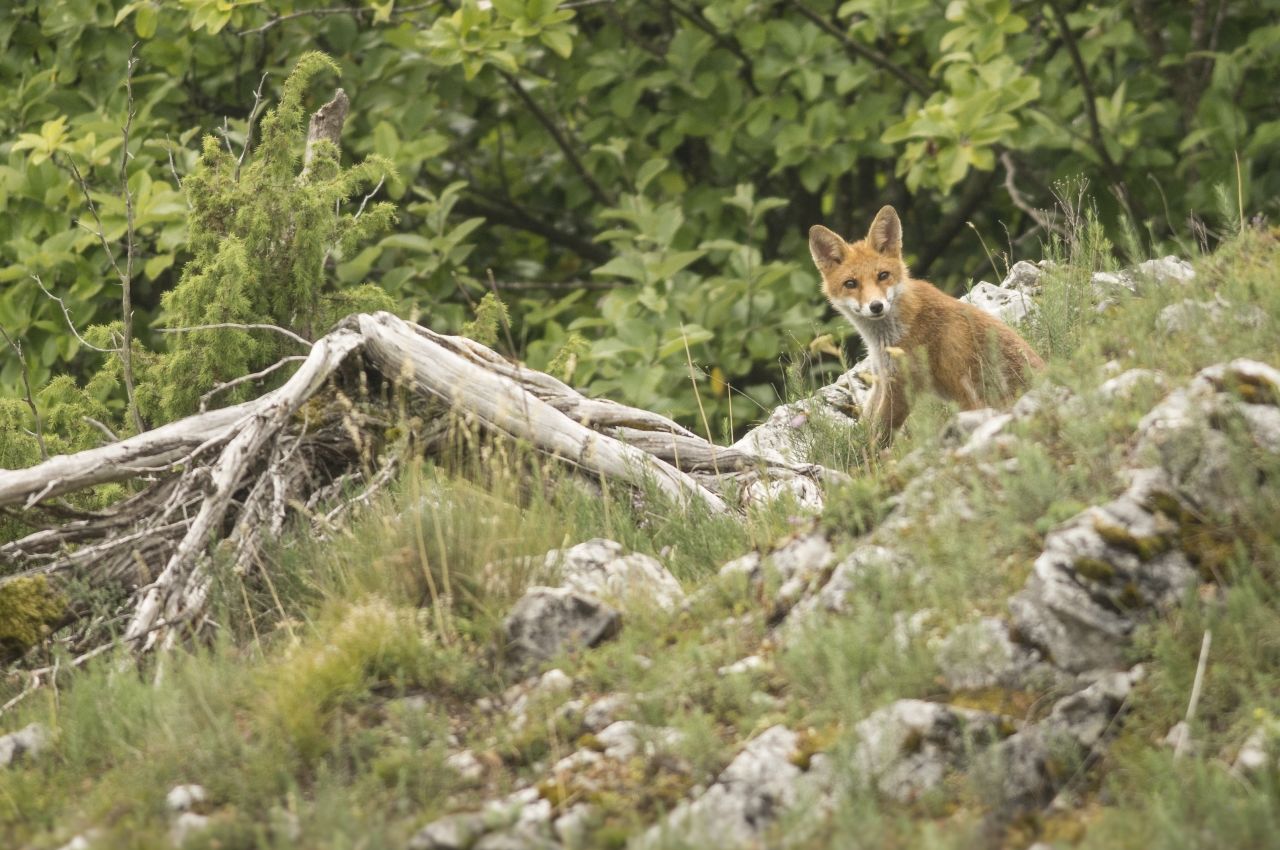Preservation of the species
Many European fauna species are threatened with extinction, due to human activity as well the major loss of natural habitat. The Domain takes part in many EEP breeding programmes (= EAZA Ex-situ programmes, EAZA = European Association of Zoo and Aquaria).
These programmes first saw the light of day in 1985 and aim to support, monitor and advise in order to encourage the breeding of a threatened species, while preserving its natural characteristics, with as ultimate aim an eventual reintroduction into the wild or the reinforcement of the existing wild population by the addition of specimens bred in zoological parks.
Discover the list of Park animals that are a part of these programmes here:
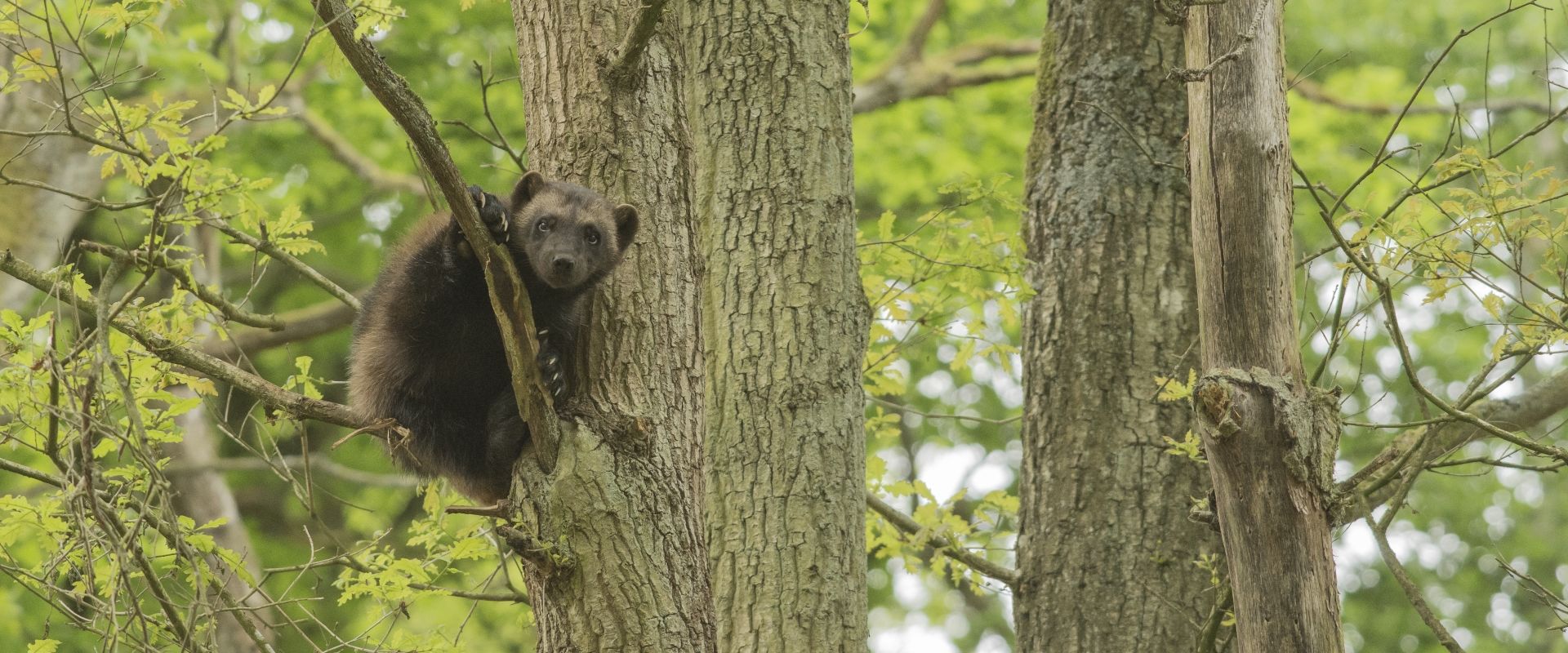
The European bison
At the beginning of the 20th century, the European bison had virtually disappeared in the wild. Only a handful of breeding bulls lived in Polish forests. Thanks to breeding programmes led by naturalists in collaboration with wildlife parks such as ours, the bison population currently numbers over 3.000 individuals, half of which have been released back into the wild!
Since 2014, the Park takes part every year in a vast programme co-ordinated by WWF in order to reintroduce the European bison to the Romanian Carpathians.
As part of other international programmes, the Domain has also introduced European bison back into the wild in Scottish and German forests. To this day, 13 individuals have been released back into the wild by the Domain.
.jpg)
The Przewalski's horse
Originally from Mongolia, Przewalski's horse is the last feral horse on the planet and has never been tamed or domesticated by mankind. It is named after the Russian army officer who discovered the last specimens of this race in Mongolia in 1879. The species is extinct in the wild and has survived in captivity. Nowadays, it is gradually being reintroduced back to its natural habitat.
Since 2004, 15 foals have been born in the Wildlife Park of which 5 have been reintroduced into their original natural environment in Mongolia. There, they are to become breeding males in order to strenghten the existing population.
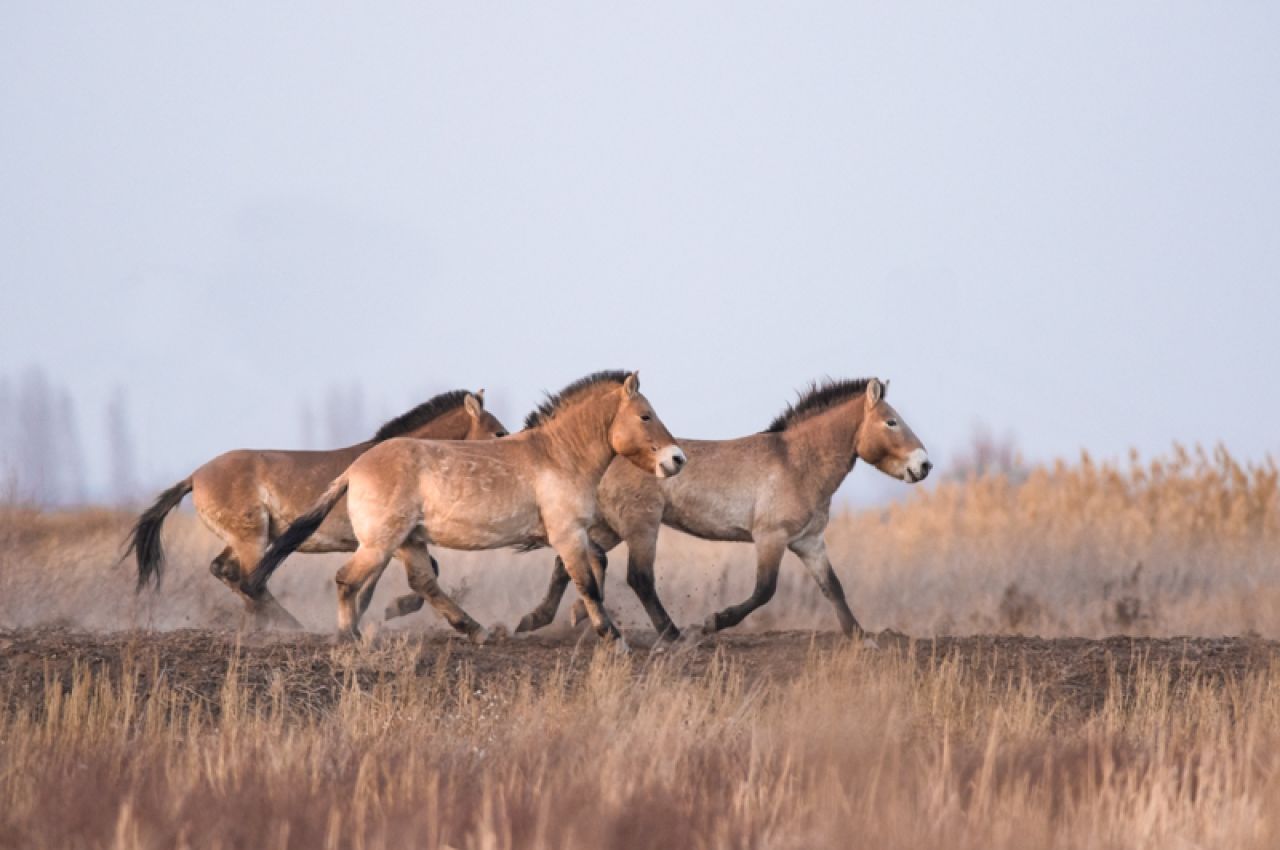
The wolverine
For these voracious little predators from Scandinavia, cohabitation with mankind has always been difficult
because wolverines attack livestock and herds. For a very long time, the wolverine was persecuted and even today it is hunted for its fur, which is not only gorgeous, but also water and frost resistant. And this is precisely why it is a threatened
species…
In 2016, the Domain welcomed a couple of wolverines and allowed them to reproduce. Since they arrived, the couple have given birth to several young wolverines, some of which have been introduced to other parks. In this manner, the Domain participates in the preservation of this little-known species.
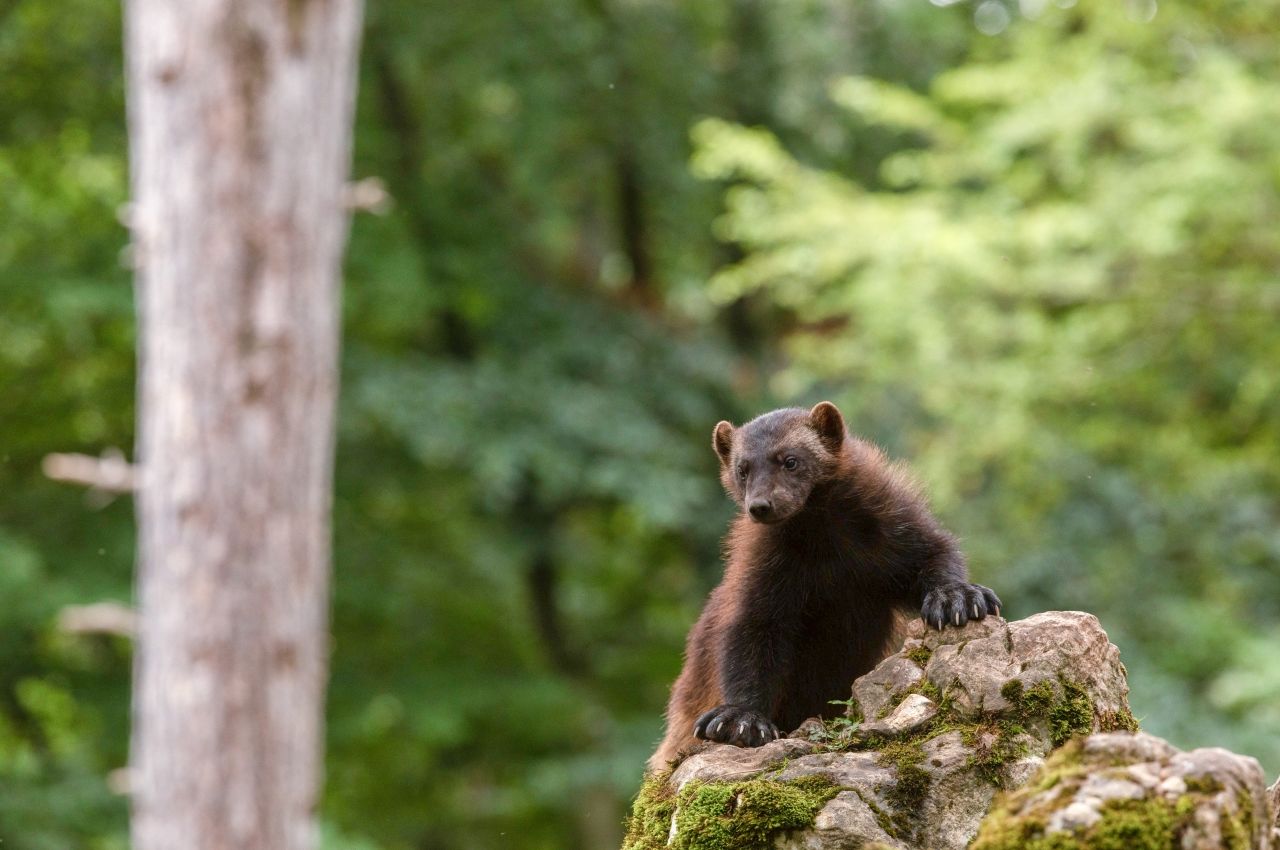
The grey wolf
For a long time, wolves were persecuted. It is only in the late 20th century that the desire to protect wolves appears. Nonetheless, wolves continued to be hunted to near extinction. The cohabitation between this wild animal and man has always been complicated. Considered as an enemy that attacks livestock, the wolf population is still poached in many countries. For a long time, wolves used populated this neck of the woods, but have only recently returned to the area.

The forest reindeer
The forest reindeer is an extremely ancient species that has roamed the Earth since prehistoric times, several million years ago. It rubbed shoulders with mammoths and woolly rhinoceroses but, contrary to them, it managed to survived the climate changes that occurred during the Quartenary.
In 2022, the Wildlife Park starts a reindeer breeding programme by welcoming 5 female reindeer for the appointed breeding male as part of the conservation programme.
.jpg)
The black stork
The black stork is not as well known as its cousin the white stork. It is a shy, discreet bird that avoids human contact. While the white stork often nests in the heart of towns and on roofs, the black stork prefers the tranquillity of the forests, far away from mankind. It builds its nest in trees, at over 12 meters from the ground. Because it mainly feeds on frogs, insects and fish, it nests nearby a watercourse, a lake or marshland.
Persecuted in the past, the black stork had vanished from our neck of the woods only to return in the 70's-80's. Nowadays it can be found in Wallonia, to the south of the Sambre and Meuse rivers.
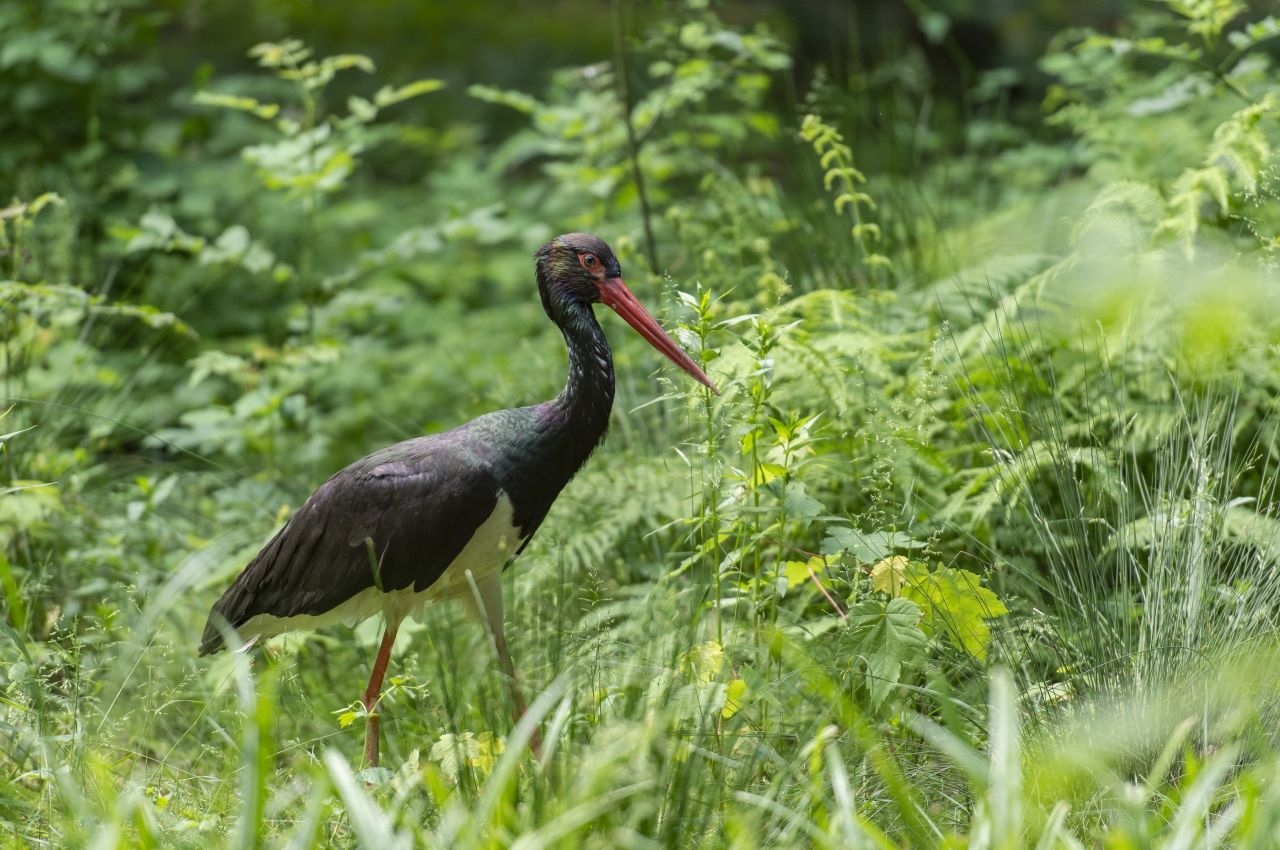
The lynx
The lynx is an elusive animal. It looks like a great big cat, but this particular feline cannot be easily approached. Thanks to its spotted fur with a grey-beige colour that it uses as camouflage, it remains hidden from sight most of the time. Often poached because of its gorgeous fur, the lynx is a threatened species despite the conservation measures that aim to protect the species.
The lynx is a skilled predator, patient and extremely fast on short distances. It will feed for several days on a kill, covering the carcass up in-between meals.
In days gone by, the lynx occurred all over Europe. Nowadays, it can be found in Germany, in the Vosges and in the Jura regions.

Preserving biodiversity
Preserving biodiversity is a core mission for our Domain. As guardians of a site hosting an incredible biodiversity, we aim to preserve and strenghten it by putting a place numerous biotope restoration and indigenous species population reinforcement programmes.
